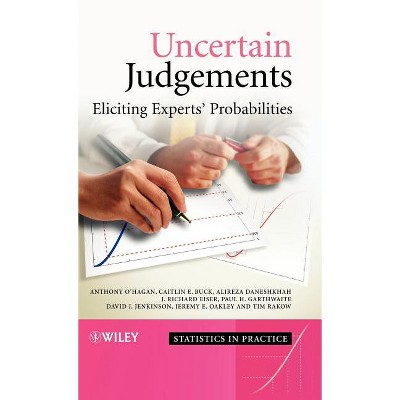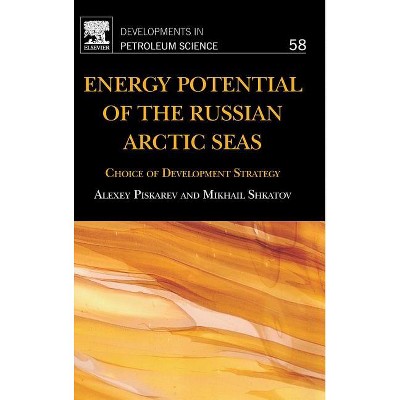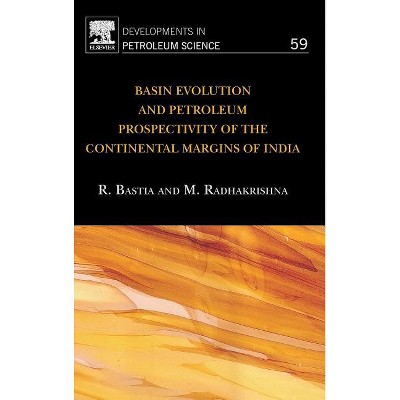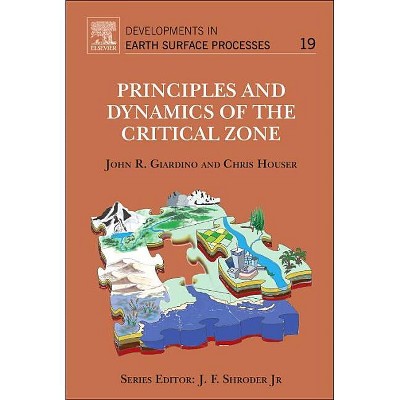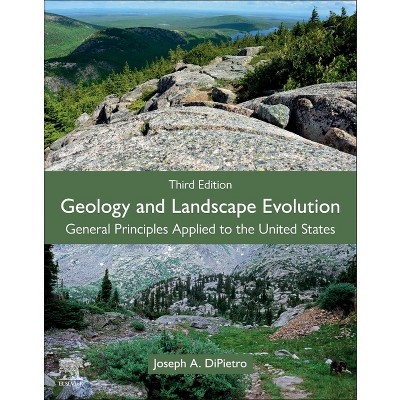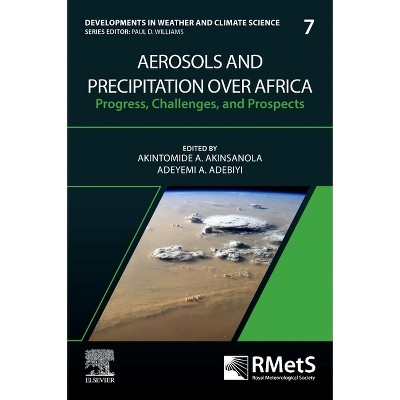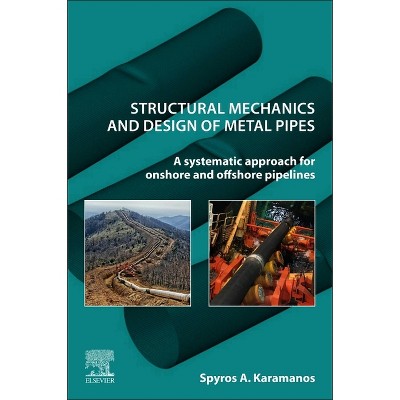Sponsored

The Omega-Theory - (Developments in Structural Geology and Tectonics) by Jure Zalohar (Paperback)
In Stock
Sponsored
About this item
Highlights
- The Omega-Theory: A New Physics of Earthquakes, Second Edition offers a unifying, mathematical framework to describe and answer the most pressing and unexamined dilemmas of earthquake sequences.
- About the Author: Dr. Zalohar is a physicist and geologist working as an independent researcher, giving scientific and philosophical lectures at various institutions.
- 570 Pages
- Science, Earth Sciences
- Series Name: Developments in Structural Geology and Tectonics
Description
About the Book
Of the Omega-theory -- Introduction -- I. Cosserat continuum theory of faulting -- Cosserat continuum -- The multiple-slip mechanism of plastic Cosserat deformation -- Stress along the faults -- Wedge faulting: the L2 kinematics -- Parallel fault and parallel wedge interactions: the Gamma-scheme -- Bêath's Law and the Cosserat extension of the Reid rebound model -- II. Introduction to the Omega-theory -- Omega-sequences -- Omega-cells: "seismic oscillators" -- Omori's Law -- Felzer-Brodsky's Law -- Strain waves and conservation laws -- Phase transitions -- Gutenberg-Richter's Law -- What causes earthquakes? -- III. Systems, plate tectonics, and order -- Omega-interactions -- Critical behavior: large earthquakes can be predicted -- Supercritical behavior: aftershock sequences -- The B-spectral theorem and the synchronized earth -- Quantum numbers of earthquakes: seismic back action and reverse causality -- Seismic induction and the theory of plate tectonics -- Earthquakes as computation: origin of order -- IV. Seismic chaos synchronizations -- T-synchronizations: predicting future seismic states of the earth -- M-synchronizations: the B-megasignal and large earthquakes -- S-synchronizations: the reciprocity theorem and the failure localization law -- Maximum effectiveness of predictions: -1 rule -- Open systems -- Further observations on S-synchronizations -- V. Strain waves, plate tectonics, and the loop theorem -- Description of seismic states -- Epicenter production: Turbal's principle -- Structure of the aftershock sequences -- Synchronizations and fault reactivations -- Predictability of volcanic eruptions -- Strain waves at the tectonic plates boundaries -- Origin of plate tectonics: the loop theorem.Book Synopsis
The Omega-Theory: A New Physics of Earthquakes, Second Edition offers a unifying, mathematical framework to describe and answer the most pressing and unexamined dilemmas of earthquake sequences. Those in the fields of seismology and geology are currently faced with a vast and complex mathematical structure, involving many new, natural laws and theorems. This book interprets this structure as a new physical theory and paradigm, helping users understand the tectonic and seismic processes within the Earth. As such, it is an essential resource for future researchers in the fields of structural geology, physics of the Earth, and seismology.
In the last decades, generations of seismologists, geophysicists, and geologists have accumulated enough knowledge and information to allow for the reformulation and solution of this essential problem. Hence, this book provides a great resource for researchers and professionals.
About the Author
Dr. Zalohar is a physicist and geologist working as an independent researcher, giving scientific and philosophical lectures at various institutions. He obtained his Ph.D. from the University of Ljubljana in 2008. Dr. Zalohar's main research fields are physics of faults and earthquakes, stratigraphy, and palaeontology. Among his most important achievements are a series of articles on the Cosserat mechanics of faulting for the Journal of Structural Geology and the development of the T-TECTO software for fault-slip data and earthquakes analysis, which is now recognized and used by structural geologists around the world. During numerous field trips observing tectonic structures in the Alps he and his colleagues made important paleontological discoveries, including identifying the oldest and only-known fossils of seahorses, pipehorses and pygmy pipehorses, new fossil sites with complete skeletons of Triassic reptilians, and fish and other biota from the Tethys ocean. His most important contribution to science is a discovery of a new physical theory of earthquakes that brings a redefinition and solution of the earthquake prediction problem.Shipping details
Return details
Trending Non-Fiction






